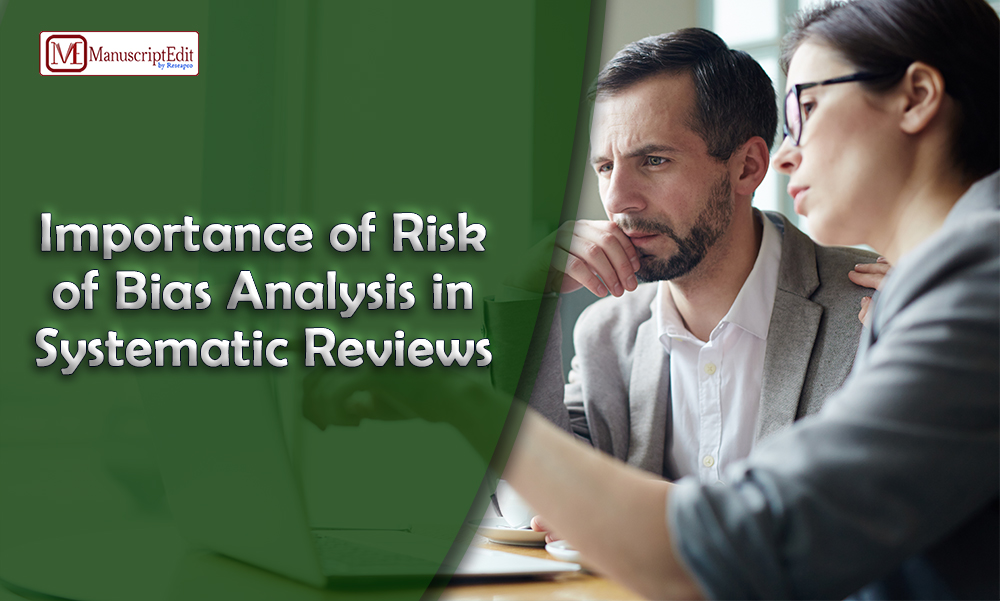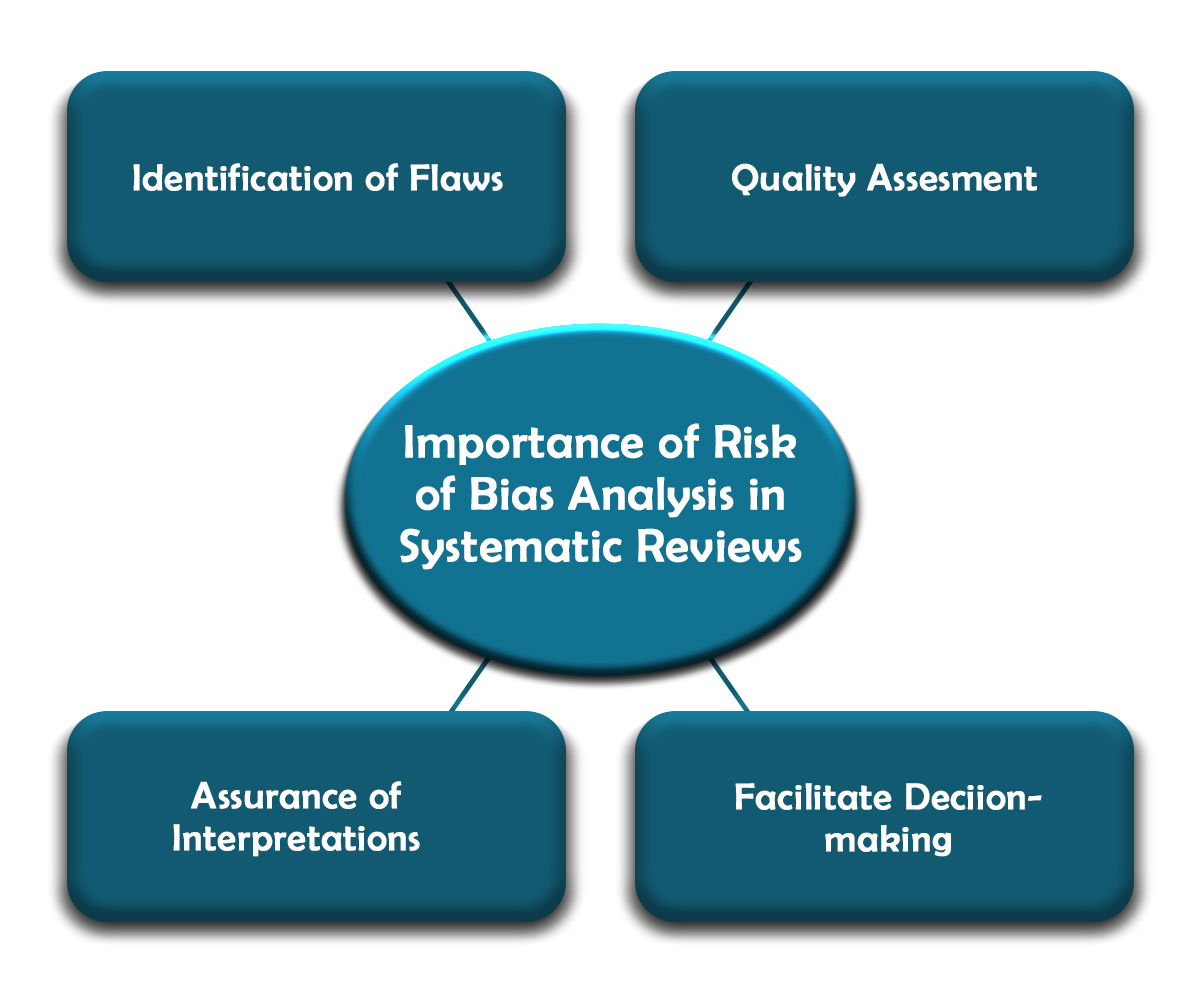Systematic reviews involve gathering all the relevant literature published on a subject. The systematic reviews are conducted with an established aim and every individual study selected under the review needs to match certain criteria announced before the commencement of the review. The purpose of a systematic review is to identify the areas where no significant research has been done so that these gaps can be filled by future research.
What is the Risk of Bias?
The risk of bias in systematic reviews denotes a bias or deviation from conveying the truth or the studyŌĆÖs findings. Systematic reviews are comparatively more trusted than conventional reviews for decision-making purposes by policymakers. The reason why the risk of bias is important lies in the fact that if it is not checked, it often leads to inaccurate conclusions.
Importance of Risk of Bias Analysis in Systematic Reviews?
ŌĆśRisk of Bias AnalysisŌĆÖ is an important aspect of systematic reviews. It is usually performed for every individual study included in the review and is integral to minimizing the risk of bias in systematic reviews. Let us list down a few points in this regard:
┬Ę┬Ā┬Ā┬Ā┬Ā┬Ā┬Ā┬Ā Identification of Flaws: Systematic reviews although have an array of benefits are also vulnerable to serious biases. A review of bias analysis pinpoints the biases in the review. The most common kinds of biases that may be found in a study are selection bias, performance bias, measurement bias, and reporting bias.
┬Ę┬Ā┬Ā┬Ā┬Ā┬Ā┬Ā┬Ā Quality Assessment: Risk of bias analysis helps to assess the quality of the systematic reviews. It assesses the overall strengths and weaknesses of the methodology adopted under the review. The reviews that go through the risk of bias analysis confirm the quality of the study to readers.
┬Ę┬Ā┬Ā┬Ā┬Ā┬Ā┬Ā┬Ā Assurance of Interpretations: In a systematic review, the biases can occur at any stage. From selecting the studies for the review to the analysis and publication stage, every stage is susceptible to biases. By highlighting any potential biases, the risk of bias analysis assures the stakeholders that fair interpretations can be drawn from the review.
┬Ę┬Ā┬Ā┬Ā┬Ā┬Ā┬Ā┬Ā Facilitate decision-making: Systematic reviews are often considered as one of the most trusted kinds of studies for making critical decisions. The higher the quality of every individual study included in the review, the greater the reliability and validity of the overall systematic review. The risk of bias analysis identifies the biases and gives a high level of confidence to the decision-makers.
Conclusion
The risk of bias analysis is important for assuring the validity and trustworthiness of systematic reviews. It not only underlines the potential biases and enhances the overall quality of the review but also offers a confirmation that sound decision-making can be based on the review.





